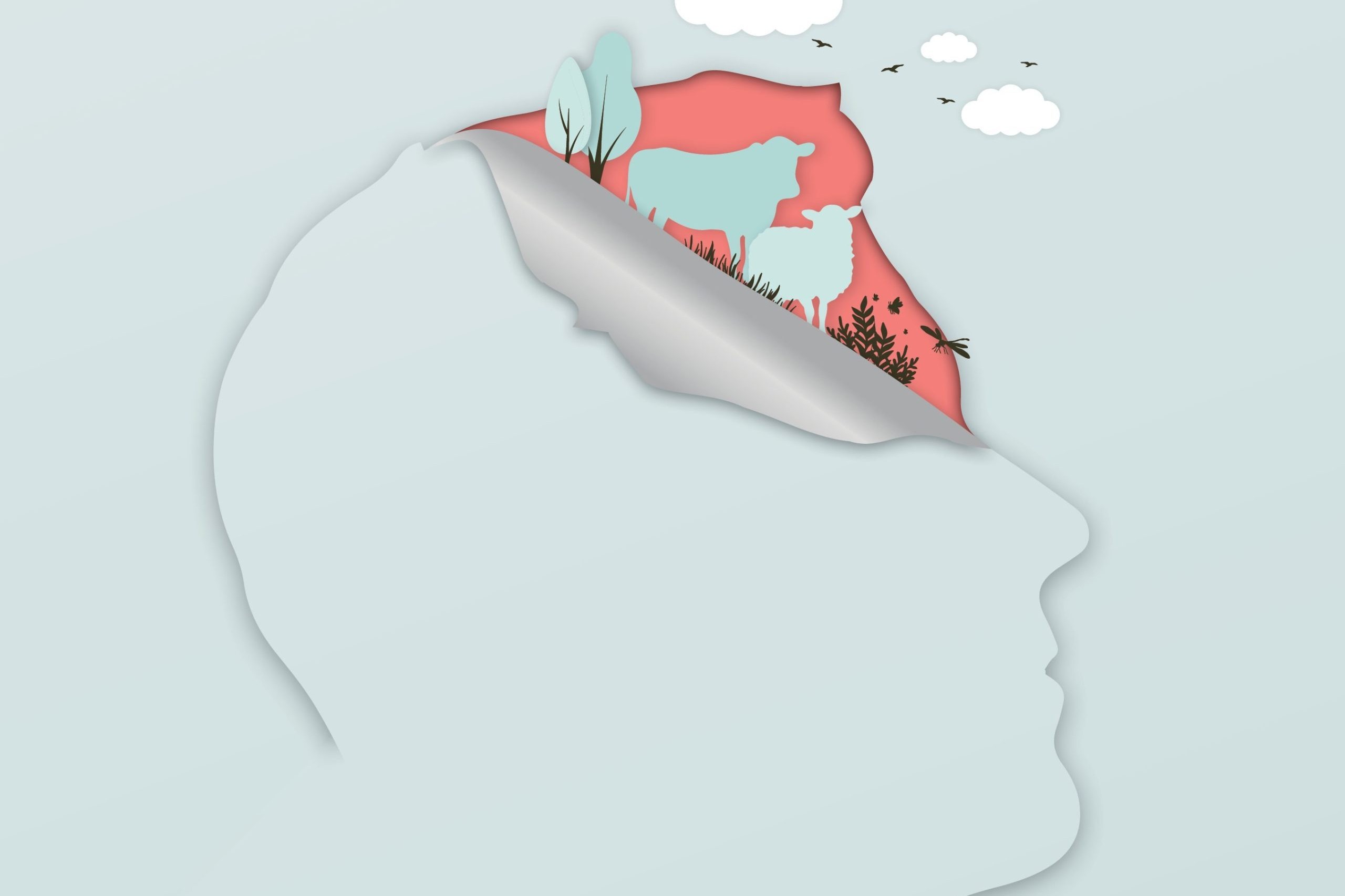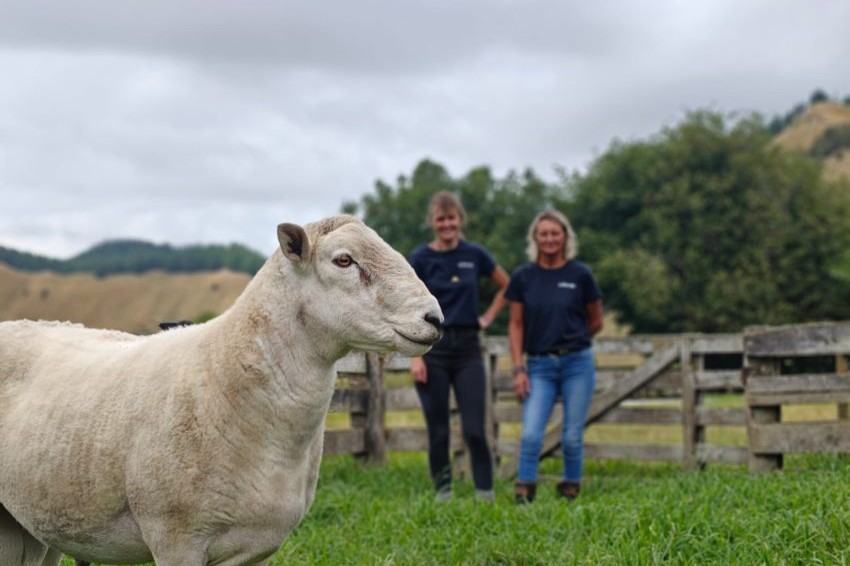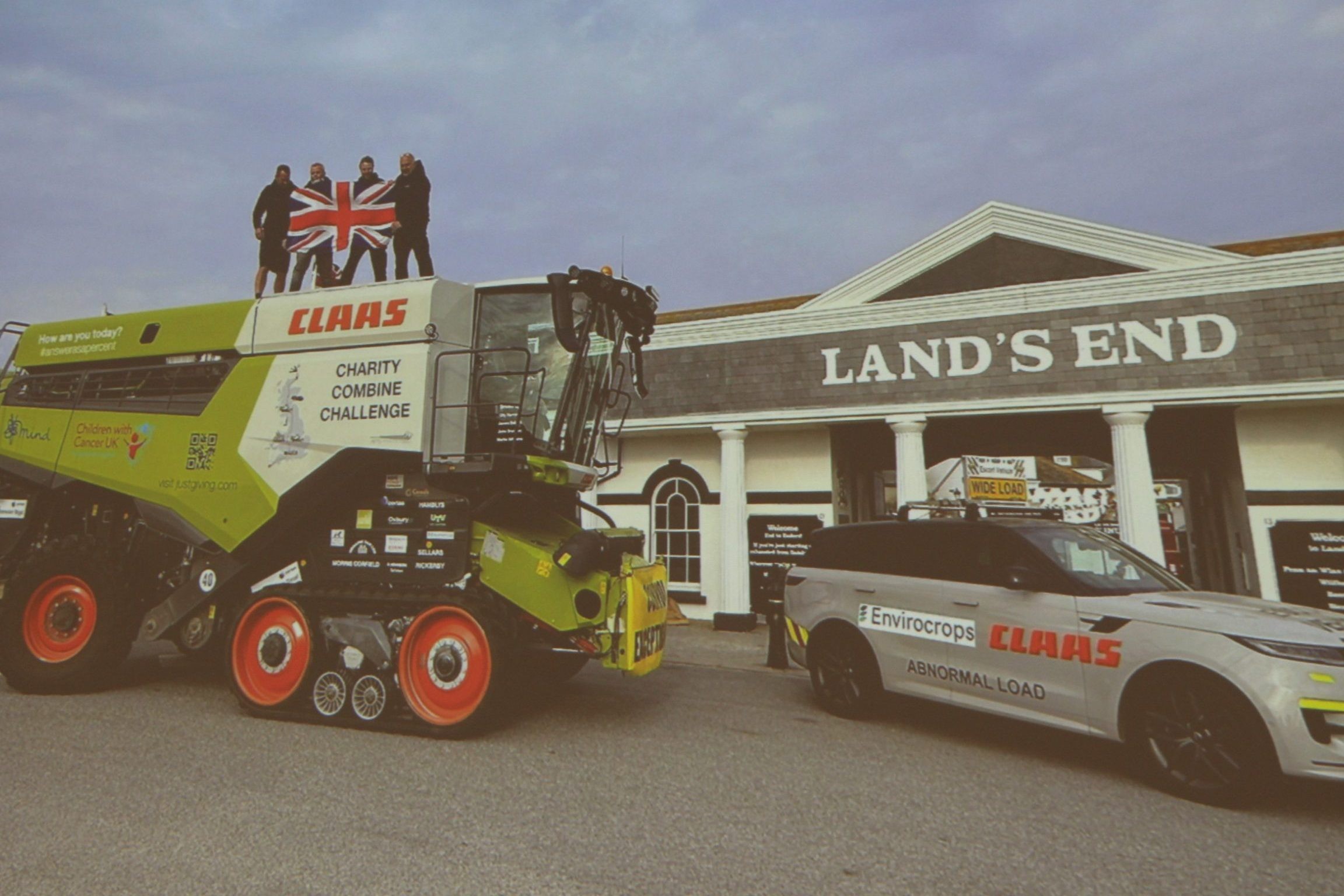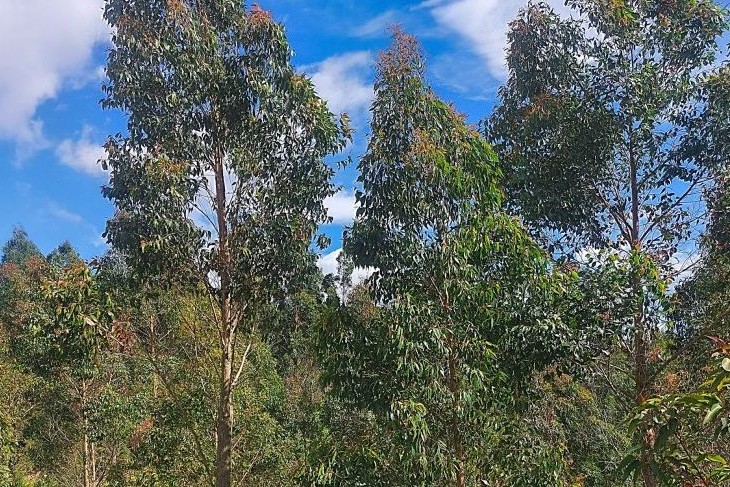The changing face of farming
Onfarm diversification can bring both motivational and economic stimulation to the benefit of your farming operation. By Ken Geenty.

About half the total area of New Zealand is taken up with farming, forestry and housing. The other half is in native land cover and mountains.
On the farmed area over the past two decades Statistics NZ says the total number of holdings has decreased from 70,000 to 50,000 with a 13% decrease in the area farmed to 13.5 million hectares. About 13% of our population lives on farms.
It seems a similar trend is happening world-wide. The United Nations predicts internationally an additional 3.3 million hectares of prime agricultural land will be taken up by urbanisation between 2000 and 2030. More corporate ownership, vertically and horizontally integrated to own the whole food system, will see a decline in family farms and rural communities.
Along with the declining farm numbers and area farmed in NZ, livestock numbers over the same period have been somewhat erratic with an overall steady decline. An 82% increase in dairy cattle to just under seven million by 2012 then dropped back to 6.3m by 2021. Beef cattle fell 15% from 4.6m to 3,9m and sheep 54% from 58m to 27m.
The overall change during the two decades in total sheep and cattle with the 13% shrinking of farmed area has been a 20% reduction in total stock units from 93m to 74m.
The proportionately greater reduction in stock units suggests lower stocking rates and/or diversification on farms to other land uses such as cropping, horticulture and trees. These trends have a variety of potentially positive influences for sheep and cattle farmers.
It should be remembered that stocking rates on the conservative side generally have advantages such as less greenhouse gases and fewer animal health worries with better feeding. At the other end of the scale greater fine tuning is needed with feeding and animal health when carrying higher stocking rates.
Seek input from a savvy adviser
Stock carried per hectare will vary greatly between farms according to different livestock, land and climate factors. Nevertheless it’s an important element of your farming which needs constant review.
The farm stocking rate dilemma is challenging with the economic sweet spot on a stocking rate vs net dollar returns per hectare graph, shown in Fig. 1, often difficult to hit. Achieving maximum returns means striking a stocking rate balance which maximises net returns per hectare. Having pride in high per head performance on one hand or alternatively sacrificing this with higher stocking rates and the risk of diminishing returns, can both miss the mark. The sweet spot will differ between farms and clearly needs regular consideration with input from an economically savvy adviser.
The probability that the above trends in farmed areas and livestock numbers is associated with increased diversification on farms has potential positives.
Diversifying to other farming enterprises such as horticulture, or something very different like tourism, can not only spread risk but add interest and energy to the farming operation. Similarly taking up a part-time hobby such as beekeeping or vehicle restoration can provide better personal and business balance and renewed motivation.
Spinoffs of native tree planting
Similarly the many native tree planting programmes on farms, often supported by local councils and other organisations, can have many satisfying spin-offs. Some recently publicised native tree planting farm projects with the likes of totara for potential timber harvesting by future generations show wonderful foresight.
Not surprisingly tree planting on farms is gaining momentum. Of about 8.5 million hectares of sheep and beef farms it’s estimated the 1.7 million ha in trees will grow to 2 million ha by 2028. Some argue a growing proportion of these plantings are pine monocultures with detrimental environmental and farming consequences.
An important part of the overall area in trees is the 187,000ha in QEII covenants with onfarm areas protected in perpetuity by the QEII National Trust set up in 1977. This protection may also include the likes of valued wetlands, tussock grasslands and unique landscapes.
Tree planting can include marginal areas on farms or up to 30-metre-wide riparian strips protecting waterways. With 42ha of growing trees mitigating equivalent greenhouse gas emissions from some 600 sheep or 100 cattle, large areas are needed in the quest for carbon neutrality. Increasing trees is undoubtedly changing the landscape on our hill country farms with valuable environmental benefits including better biodiversity and expanding habitat for desirable native animals and birds.
Tourism opportunities
An already mentioned means of diversification on farms is development of tourism opportunities such as nature walks and/or novel accommodation facilities. As well as providing the already mentioned benefits, diversifying in this direction can provide great interest and satisfaction from meeting and getting to know a whole new range of people from different walks of life. The increasing opportunities can be seen by searching on Google for ‘farm walks’ and ‘farm-stays’.
Also thrown into the mix of possible opportunities is off-farm business or leisure activities. In a similar way to onfarm diversification these interests can provide both motivational and economic stimulation to the benefit of your farming operation. As the old saying goes ‘variety is the spice of life’! And it’s a key ingredient for good life balance.




